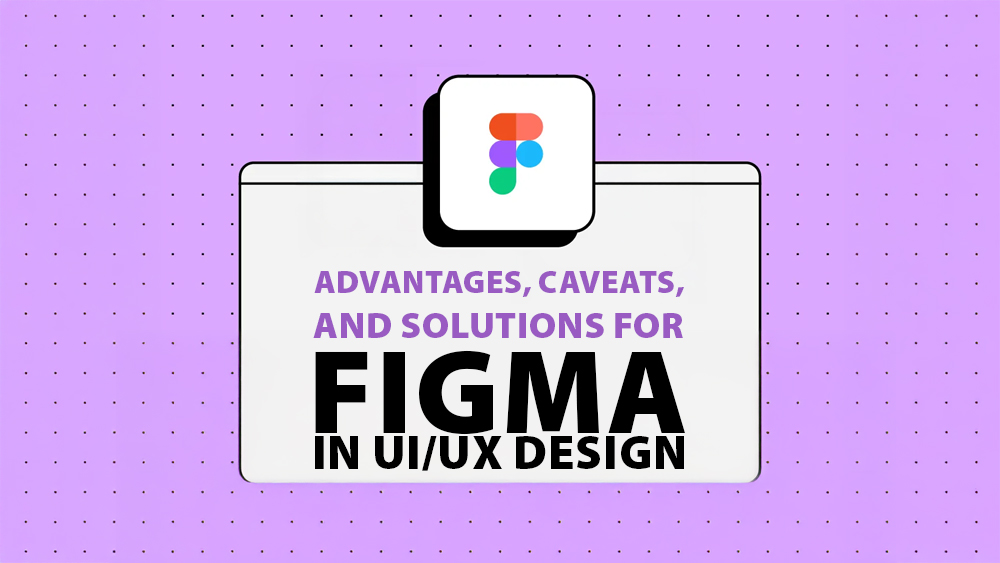Introduction
Figma has transformed the UI/UX design landscape with its real-time collaboration, cloud-based workflow, and developer-friendly features. As a leading design tool, it empowers teams to create, prototype, and hand off designs seamlessly.
This whitepaper explores Figma’s key strengths, potential drawbacks, and practical solutions to overcome limitations—helping teams maximize efficiency while optimizing for SEO reach.
Advantages of Figma
1. Real-Time Collaboration & Cloud-Based Workflow
- Multiplayer editing enables simultaneous work on the same file.
- Eliminates version control issues common in Sketch or Adobe XD.
- Stakeholders can leave real-time comments directly on designs.
✅ Best for: Remote teams, agencies, and startups.
2. Cross-Platform Accessibility
- Runs on Windows, macOS, Linux, and browsers.
- Figma Mirror app for live mobile previews.
✅ Best for: Teams with mixed operating systems.
Caveats & Solutions
1. Internet Dependency (No Full Offline Mode)
Problem: Requires internet—risky for unstable networks.
Solution:
- Use Figma Desktop App for limited offline work.
- Export backups as .fig files for emergencies.
2. Performance Lag with Large Files
Problem: Slows with 1000+ layers.
Solution:
- Break files into smaller projects (one per screen).
- Use Master Components to reduce duplicates.
Conclusion: Is Figma Right for You?
Best For: Remote teams, startups, and design systems.
Consider Alternatives If: You need offline access or advanced vector editing.
By optimizing workflows and leveraging plugins, Figma remains the #1 choice for UI/UX design.
